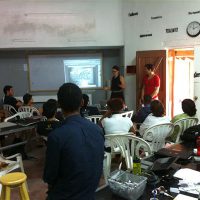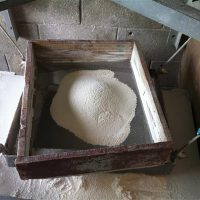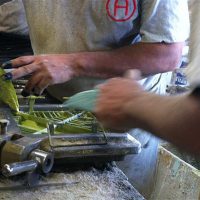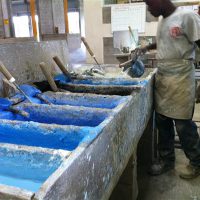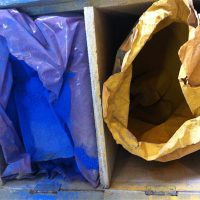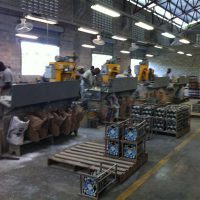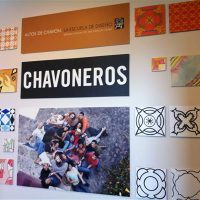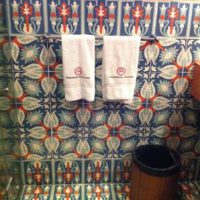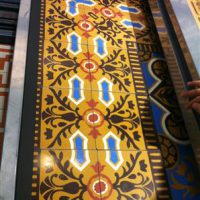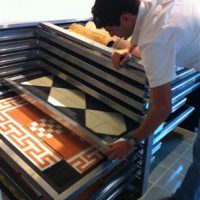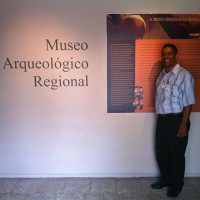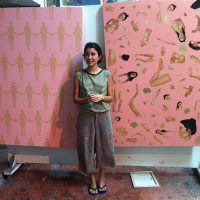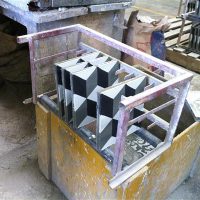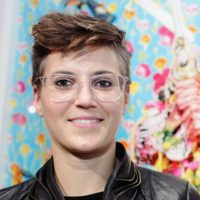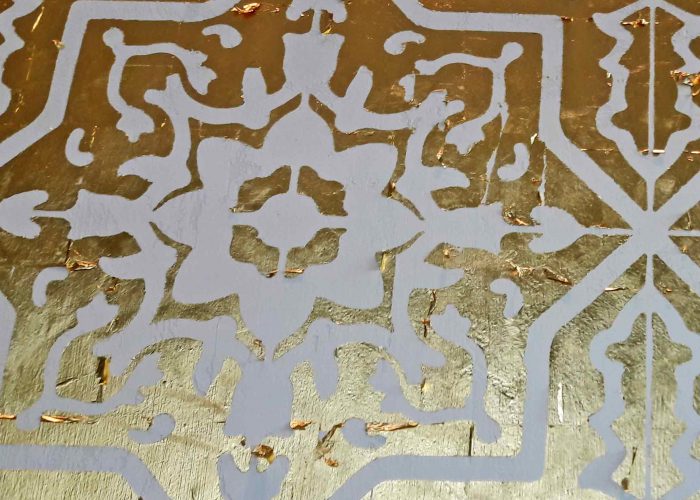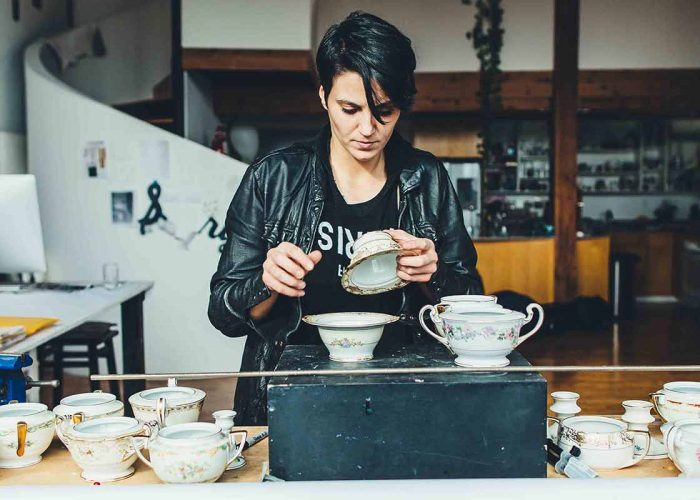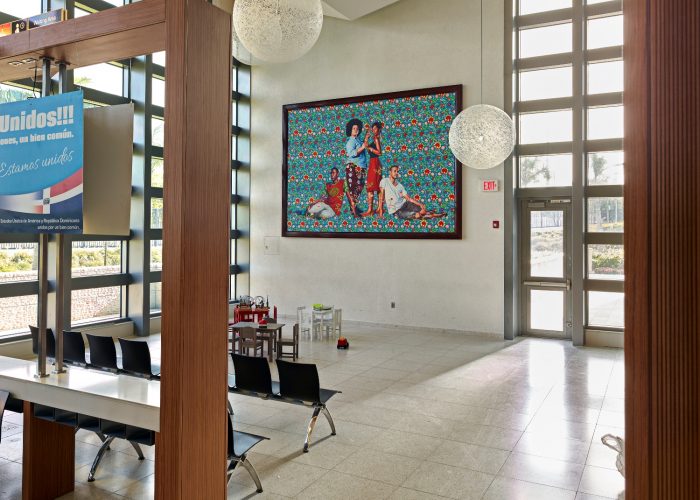“Through research, experimentation, and collaboration, I produce works addressing specific questions that extend into social, political, and global conversations” – Cheryl Pope
In March of 2013, artist and faculty member of the Art Institute Chicago Cheryl Pope, visited Santo Domingo, the capital of the Dominican Republic to conduct research for a site specific commission for the new U.S. Embassy and to participate in cross-cultural exchange. Cheryl received a Masters Degree in Design in 2010 from the School of the Art Institute of Chicago. The artist’s work has been in exhibitions at venues including the Museum of Contemporary Art Chicago, The Morgan Conservatory in Cleveland, the Evanston Art Center, Swimming Pool Projects, and the School of the Art Institute of Chicago. In 2009, she was selected for Art Chicago’s exhibition New Insight, a selection of the top graduate students from the best art schools in the country.
Cheryl Pope’s cross- cultural exchange program for Art in Embassies started off with a tour of the Zona Colonial, or Colonial Zone, of Santo Domingo, a UNESCO World Heritage Site since 1990. While exploring the old city, the architecture offered the artist a glimpse into the culture and history of Santo Domingo and in particular the different tiling patterns with a specific color palette .Cheryl was struck by how she….”was offered a wealth of color theory lessons, occurring both on the facades and interiors of the buildings, something that I was not exposed to in my upbringing and provides a great source of inspiration. “
The tour of the Colonial Zone was followed by a presentation of the artist’s work at the art school Altos de Chavon, where she met with students, faculty and the director Stephen Kaplan. The students at the school were very interested in engaging in conversation with the artist and Cheryl had the opportunity later to meet with the students in their studio to discuss their work. While on the campus, she also visited a ceramic studio that is associated with Altos de Chavon. The studio visit was followed by a tour of the Museum of Archeology where she received information on the Dominican Republic through historical artifacts, which will inform the artist’s research and final proposal for the commission.
The artist returned to Santo Domingo in August of 2013, to conduct a site visit to further research the use of tiles for her commission. She met with Raul and Jorge Aguayo, third generation of the family owned Aguayo Mosaicos, a company that has revived the production of the color cement tiles that can be found throughout the Colonial Zone. These concrete tiles are produced individually which makes them costly. At this point in time, there are few Dominicans that can afford such extravagant floors. The tiles and patterns have become very nostalgic for many Dominicans, recalling visits to their grandmother or great grandmother’s home, one reason for the artist to pursue this direction for her final art installation. While on tour at the factory, the artist learned to make a tile of her own. All in all, “a great and productive cross cultural exchange trip that taught me more about the history and people of Santo Domingo through the artistic process of commercial tile production.”
